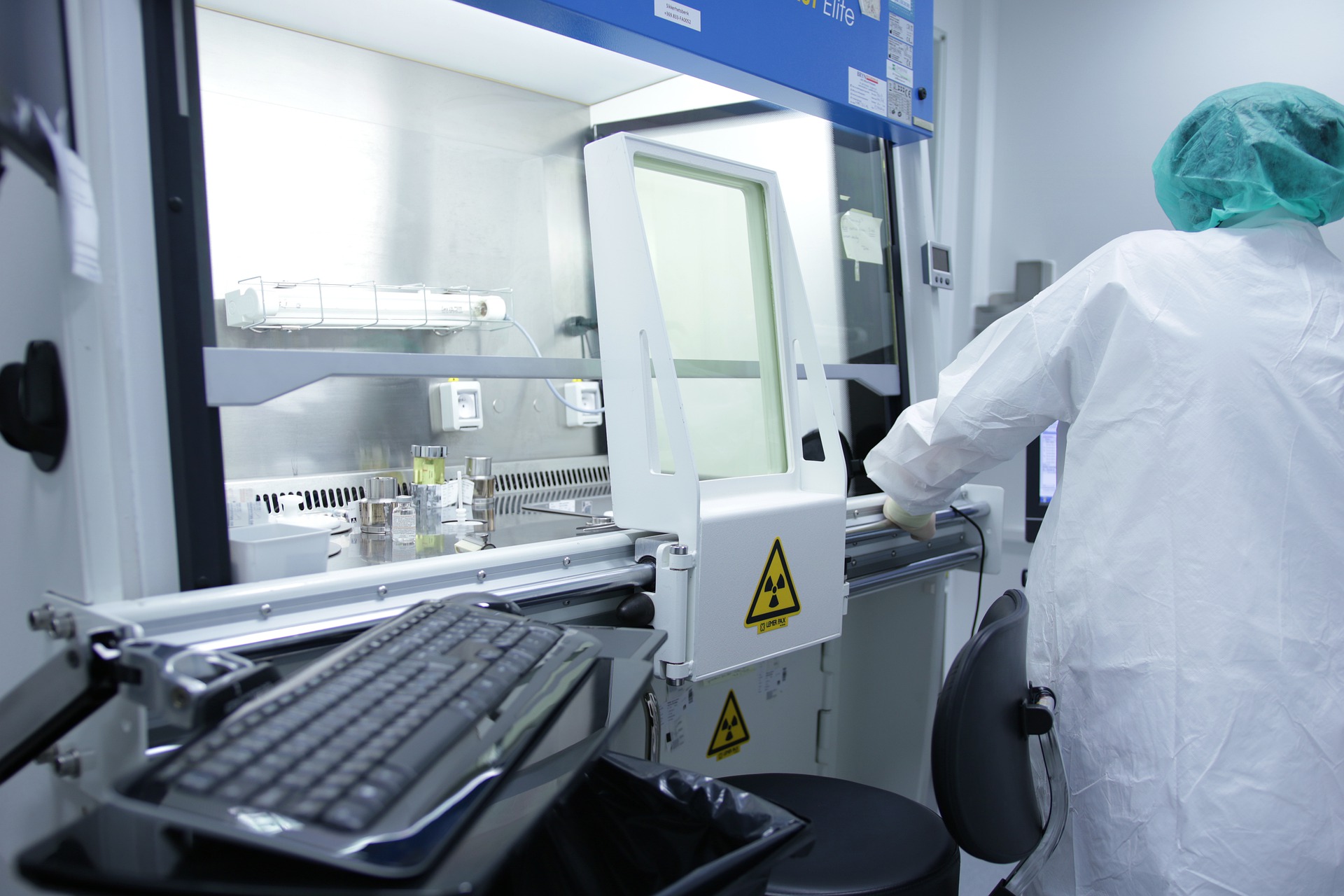As the COVID-19 pandemic continues to usher in unprecedented times for businesses worldwide, Xtalks recently spoke to the CEOs of several companies in the pharmaceutical and biotechnology sectors to learn about how they are navigating the current situation with respect to hiring and recruitment.
The current health crisis has greatly impacted businesses in almost every area, having caused some, such as hair salons and dine-in restaurants, to completely shutter operations, and others to modify their business models and hire additional personnel.
Although businesses have experienced some level of interruptions and changes to operations and work structures — with many work teams shifting to work-from-home set-ups where possible — the current pandemic situation has presented many businesses with new opportunities. It is business as usual — or better in some instances — for companies in many areas, including recruitment and hiring.
Recruiting Top Talent
The search for talent has not ceased in the current economic upheaval and has perhaps become even more important given the circumstances. Companies must be even more diligent in how they maneuver their operations moving forward in the present climate and beyond, which necessitates the continued building of strong business teams.
The general mood: there is no better time to hire than now.
Marco Taglietti, MD, President and CEO of New Jersey-based SCYNEXIS, a biotechnology company that is developing anti-infectives and anti-fungals for serious, life-threatening infections, told Xtalks that, “COVID or no COVID, there is a need to hire people.”
In fact, many companies are actively hiring for all types of positions, no different than in the pre-pandemic era.
This may come as a surprise, but in reality, while COVID-19 may have caused a shift in how businesses may now be operating (i.e. employees working from home and/or in staggered shifts in labs and offices where necessary), it has not impacted function in most cases.
It is, therefore, business as usual in the new normal.
Taglietti told Xtalks that SCYNEXIS is looking to fill positions that cover all ranges and levels, from lower-level management positions to senior-level executives, and all ranges in between. This includes managers, directors, senior directors and vice presidents.
“We are looking at all positions and are looking at some positions in our R&D organization as we are getting ready to file our first drug application this year, which is a lot of work for the R&D team,” says Taglietti. “We are also hiring a significant number of people in the commercial organization as we are [preparing] to launch [our] product next year.”
Two major aspects of hiring that have been of particular concern during the pandemic are interviewing and onboarding. These procedures have had to rapidly evolve and shift to virtual platforms during the current climate, making it important for both employers and job candidates to have an understanding of what the new processes may entail.
Xtalks had an in-depth discussion with several companies to gain their insights on remote interviewing and virtual onboarding.
Remote Interviewing
The interviewing process is integral for both employers and candidates in the recruitment and hiring process, as it gives both parties the opportunity to tell their stories. It allows employers to gauge whether a potential employee is a good fit for the organization and vice versa.
As face-to-face interviews are no longer feasible in the current COVID-19 situation, hiring executives are having to shift interviewing procedures online, using video communication platforms such as Zoom to conduct interviews.
This can present a number of challenges.
The first is the obvious issue of a lack of in-person interaction. According to Taglietti, the biggest challenge is to essentially “hire someone that you have never met in person, and missing the traditional ability to be able to connect with a potential candidate.”
However, John Dimos, PhD, CEO of Fountain Therapeutics, a biotechnology company based in San Francisco that uses data-centric approaches in developing anti-aging therapies, provides a very positive perspective on virtual interviewing, explaining that it has “made it easier to get a more holistic and personal view of a candidate.”
Seeing how a candidate navigates the challenges of interviewing virtually and under unconventional hiring conditions can help offer a more human and personal side of the candidate, as well as the employer for that matter.
Despite the challenges, finding good employees is paramount.
In order to make up for the lack of in-person interaction, conducting more virtual meetings with interviewees has been helpful for employers as it allows them to gain more perspectives on a candidate.
Ben Zeskind, PhD, MBA, Co-Founder and CEO of Immuneering, a company that leverages bioinformatics to develop new therapeutics in the areas of oncology and neuroscience, told Xtalks that interviewing candidates off-site and not in person has generally “meant that we’ve had to have a few more Zoom discussions with a candidate than we maybe would have otherwise just to see them from a few more different angles, which would have been more efficient in person.”
Having more video meetings during the course of one day (i.e. from four to six meetings) is also a good way to gauge the ability of candidates to remain alert, upbeat and test their stamina, as Zoom meetings can be quite exhausting, says Taglietti.
Taglietti also says that he and his team of staff are meeting potential hires more now than in the past. He explained that previously, they were “hiring people after meeting the hiring manager maybe twice, but now it is not uncommon to have at least three meetings.” He says that this allows, “more contact and more quality time with a potential candidate.”
Some tips for effective remote interviewing include:
- Increase number of meetings
- Expand/broaden the number of people meeting with a potential candidate
- Conduct a combination of one-on-one and group interviews
- Ask the candidate to prepare and give a virtual presentation
Therefore, the interviewing process can involve multiple, serial and group interviews as well as digital presentations.
Virtual Onboarding

Once a candidate is hired for a position, onboarding is the next critical step. Remote onboarding can be a challenge as it is difficult for new employees to get a sense of company workflows, as well as office culture given that they are not in the actual office.
To overcome some of these challenges and make remote hires feel welcomed and help them integrate into the team, it is important to have them connect with company team members as soon as they begin in their new role.
Importantly, after initial introductions, that interaction should be maintained and sustained. Team directories and worksheets, as well as frequent group and one-on-one telephone or video chats are a great way to help new employees become acquainted with names, faces, roles and projects at the company.
Building connections early will help new hires feel welcomed and supported.
Companies that already had remote working setups before the pandemic, or developed them at the onset of it, are generally well-equipped to manage and direct the onboarding of new employees. If the appropriate tools and resources are in place to train new hires, remote onboarding can be achieved smoothly and effectively.
For companies like Immuneering that operate across multiple offices in Boston, New York and San Diego, virtual recruitment and onboarding is something they have been used to pre-pandemic.
Zeskind told Xtalks that, “We’re all very used to Zoom meetings and Slack and all that prior to this situation so that’s made it helpful. None of that changed in terms of logistics of onboarding; we ship [new employees] their computers instead of having them come to the office. The folks that do the onboarding are based in Cambridge anyways. So we’re already doing the onboarding for New York and San Diego folks by Zoom, so that hasn’t changed so much.”
What is important about onboarding is to focus on adapting and “getting people up to speed on their projects, [which] has just required more intensive and more frequent Zoom meetings and calls to get them up and running,” says Zeskind.
When bringing new employees on board, it is important to ensure that there are clear goals in place. It is critical that new hires have a clear picture of their role and responsibilities so that training can move quickly and effectively.
Having organized plans and procedures in place can help make remote onboarding fast and efficient. In fact, compared to in-office meetings, Dimos explained that, “I do think that with the current fully virtual model that we’re using for both interviewing and onboarding, we’ve been able to move a little faster than in the past when we were setting up in-person meetings.”
When a new hire joins a company, “it is important to have things set up in advance before the onboarding to make sure that that the employee has all of the information and all of the tools to be empowered and get started on day minus one,” added Dimos.
Recruitment Considerations Amidst Uncertainty and Consultancy as a Stepping Stone

While many employers have not seen any significant changes in the number and types of applications that they are receiving to fill positions, many agree that it isn’t always the easiest to hire right now because there are many uncertainties as a result of the coronavirus pandemic.
Some people may be hesitant to leave their current position and move to a new company, even if they were thinking of doing so prior to the pandemic. There are so many uncertainties in today’s world that many don’t feel ready to take on another uncertainty of going to a new employer, says Taglietti.
For people looking to transition to a new company, however, consultancy can be a useful way to begin that process.
Employers are seeing candidates willing to do some consulting for companies as a sort of stepping stone to a full-time role, says Dimos. “In a way, it’s sort of a win for everyone in lieu of having the more in-person interaction and getting to know them. If we hire them as a consultant, it’s good for them [as] they get paid for their time, and we get the benefit of their advice and the opportunity to see what it’s like working with them, and vice versa,” explained Dimos.
If a valuable connection is identified and made between potential employers and consultants, some of them can then be converted to full-time hires. Consultancy is, therefore, a useful way to recruit new employees, particularly during the current times.
Hiring Optimism During COVID-19
While COVID-19 has brought on a plethora of challenges, most company executives are optimistic that their businesses can navigate the times, and that there are excellent candidates out there to fill roles at their organizations.
Dimos believes that, “Strong candidates are out there and they’ll always have jobs available for them, so I think it’s really on the company to have a compelling story [and] a really strong and fair interviewing and onboarding process to attract the best talent for the company.”








Join or login to leave a comment
JOIN LOGIN